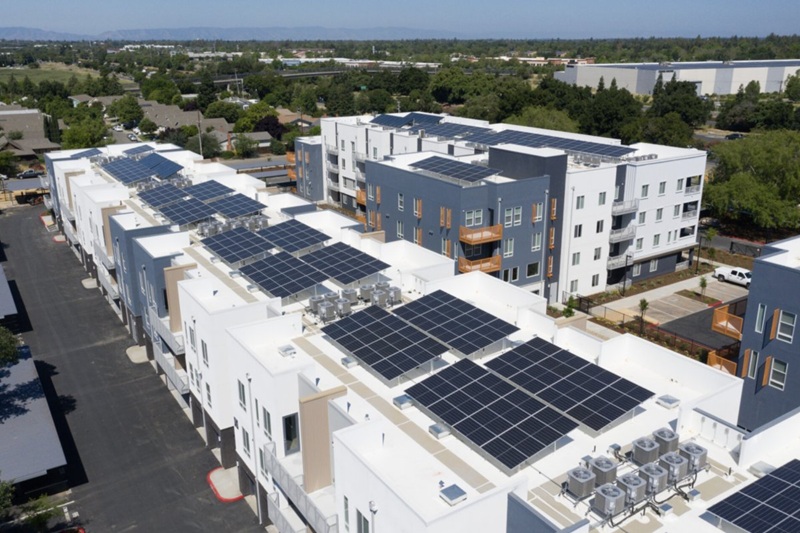
(C): Twitter
What Is PM-KUSUM?
The Pradhan Mantri Kisan Urja Suraksha evam Utthaan Mahabhiyan (PM-KUSUM) scheme was launched in 2019 for multiple purposes to ensure energy security to Indian farmers and to help India reach its clean energy targets. By the year 2030, India plans to produce 40% of installed power capacity, from non-fossil sources and PM-KUSUM will play a major role in achieving that target.
What Are the Components of the PM-KUSUM Scheme?
| Component | Description |
| Component A | Installing 10,000 MW of Grid Connected Renewable Energy Plants (500 kW – 2 MW) on barren/cultivable land near substations. Crops can grow beneath the panels. |
| Component B | Install 17.5 lakh stand alone solar pumps up to 7.5 HP in off-grid areas to replace diesel irrigation systems. |
| Component C | Solarise 10 lakh grid-connected pumps. Sell excess power to the DISCOMs. |
Subsidy & Financial Assistance
| Component | Central Govt. (CFA) | State Govt. | Farmer’s Share | Special Category States |
| Component A | INR 0.40/kWh or INR 6.6 lakh/MW/yr (PBI to DISCOMs for 5 years) | Not Applicable | Not Applicable | Not Applicable |
| Component B & C | 30% | 30% | 40% | CFA: 50%, State Subsidy: 30%, Farmer Share: 20% (for NE states, UTs, Himalayan regions) |
Who Is Eligible for PM-KUSUM?
- Individual farmers.
- Farmer-based groups, cooperatives, Panchayats, FPOs and Water User Associations.
- Priority is given to off-grid areas and the landowners with either barren land or cultivable land.
What Are the Important Benefits?
- Generates 34,800 MW of clean solar energy by 2026 which helps to meet climate objectives.
- Priority is given to off-grid areas and the landowners with either barren land or cultivable land.
- Allows the farmers to earn by selling solar energy and reduce reliance on diesel/fossil fuels.
- Supports DISCOMs, enables compliance with Renewable Purchase Obligations and reduces state electricity subsidy
- Promotes rural employment, averaging 24 skilled job years per MW installed.







